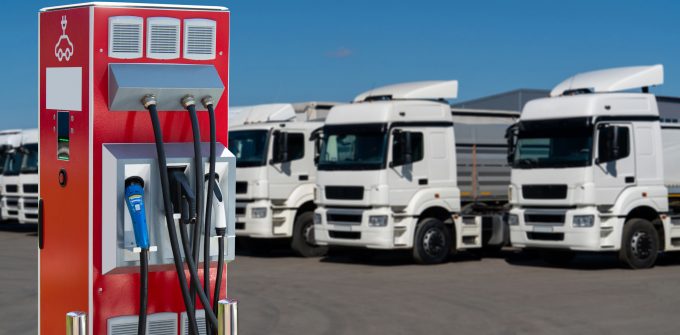Explosive sex toys and cosmetics: the story behind the DHL parcels plot
There is a fascinating account of the ‘incendiary device plot’ in The Guardian, placing the ...

Drivers, hauliers and their associations remain unconvinced by electric HGVs as a fossil-fuel free alternative for haulage – even after DPD set a new distance in an electric truck.
DPD’s fully electric HGV travelled around 1,100 km around a test track.
News of the achievement followed DHL’s ...
Keep our news independent, by supporting The Loadstar
Four crew members still missing as Wan Hai 503 continues to burn
Explosions and 'out-of-control' fire reported on Wan Hai box ship
Carrier price hikes hold, driving spot rates higher as space gets scarcer
Crew forced to abandon ship in latest fire on vessel carrying EVs
The Loadstar Podcast | Transport Logistic and Air Cargo Europe 2025
Transpacific rates ease as capacity boost proves too much for trades to digest
MSC Elsa crew face criminal probe, as Wan Hai 503 firefighters battle on

Comment on this article